Tupelo wood is one of the most widely known hardwoods native to many swampy and moist areas of eastern North America. Let us find out what is Tupelo wood, its many outstanding characteristics, and its uses in this comprehensive guide.
What is Tupelo Wood?
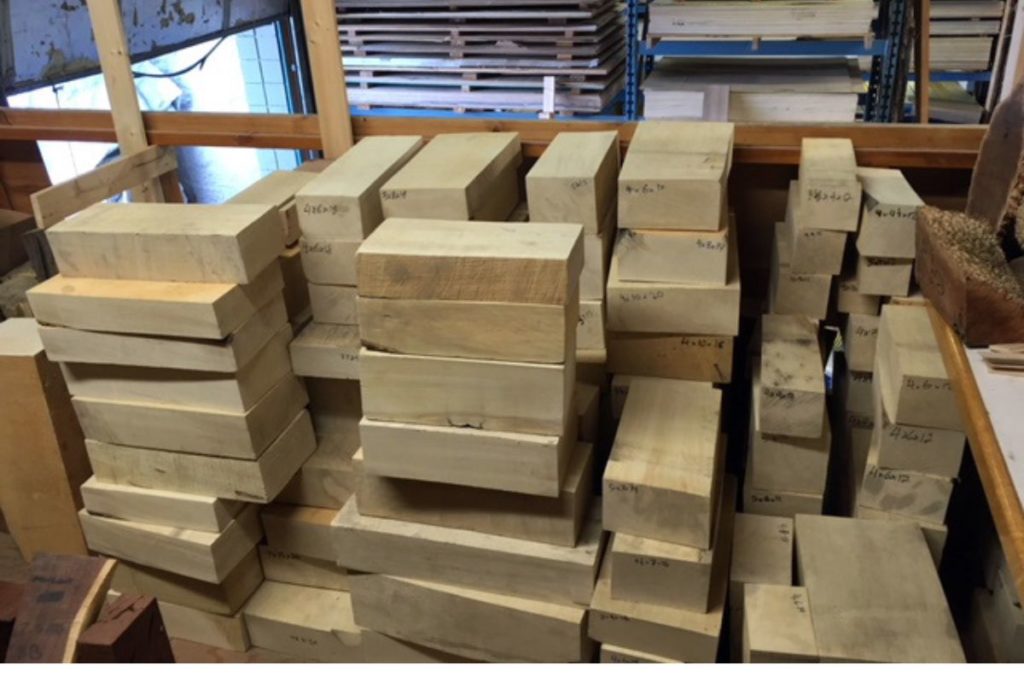
Tupelo (Nyssa sylvatica) is also known as black tupelo, sour gum, or black gum. It is a genus with around nine species of lovely and colorful trees of the sour gum family.
The genus name Nyssa was derived from a name of a Green water nymph, while sylvatica describes the tree’s natural woodland environment. The name tupelo is the specie’s common name. This has Native American roots with “ito” as tree and “opilwa” as swamp. The term was first used during the middle of the 18th century.
The tree is called tupelo, but experts use black tupelo to distinguish this hardwood from other tupelo species. Other names are water tupelo and swamp tupelo. The use of the tupelo name also started in the American South. Up north, the tree is called black gum or sour gum. There are some areas in the Northeast that call tupelo trees as pepperidge.
Still, another term for tupelo wood is beetlebung, used only in Martha’s Vineyard in Massachusetts. Tupelo is so-called in this area because it is the wood of choice in making a mallet called a beetle which hammers bungs into wooden barrels.
Where Does Tupelo Wood Come From?
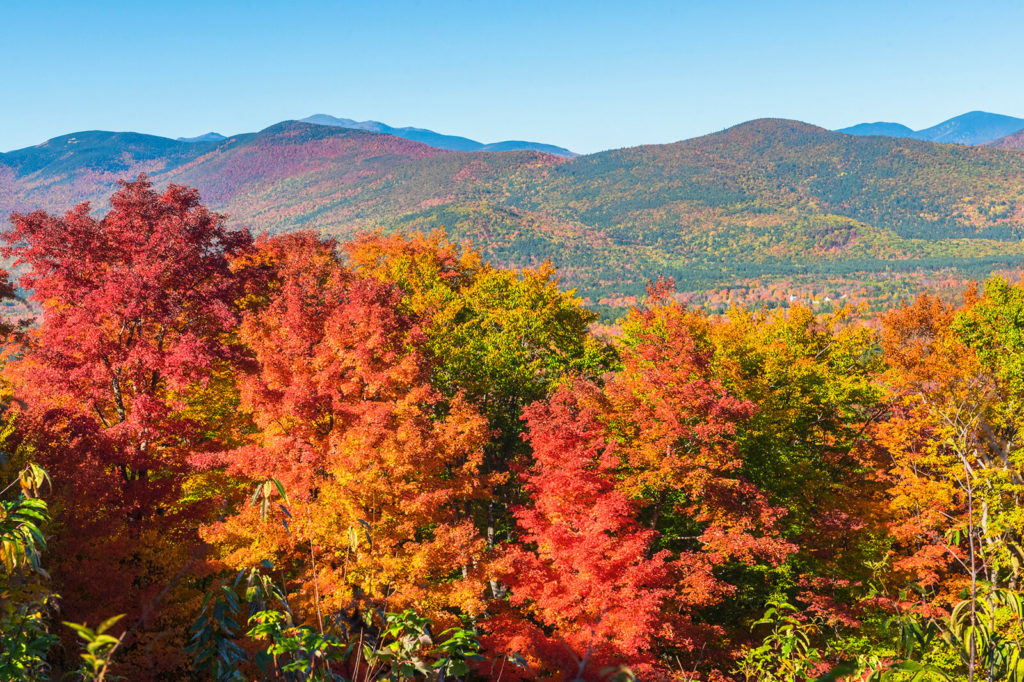
Tupelo wood is widely distributed in many upland areas in North America. It is found in alluvial streams of southwestern Maine and New York state to as high as Ontario, Illinois, Michigan, and Missouri up to southern Florida, east of Texas, and eastern Oklahoma. Tupelo is also a local hardwood in the central and southern parts of Mexico.
You’ll find tupelo trees in varying climates. It can grow in creek bottoms to very high altitudes. The optimum growing environment for tupelo is well-drained and lightly-textured soils. This tree loves clayey-loamy soils along lower slopes and moist coves.
Tupelo grows in around 35 different forest covers. Those that develop in moist areas have the highest quality lumber, while those that grow on drier slopes have less quality.
What Does a Tupelo Tree Look Like?
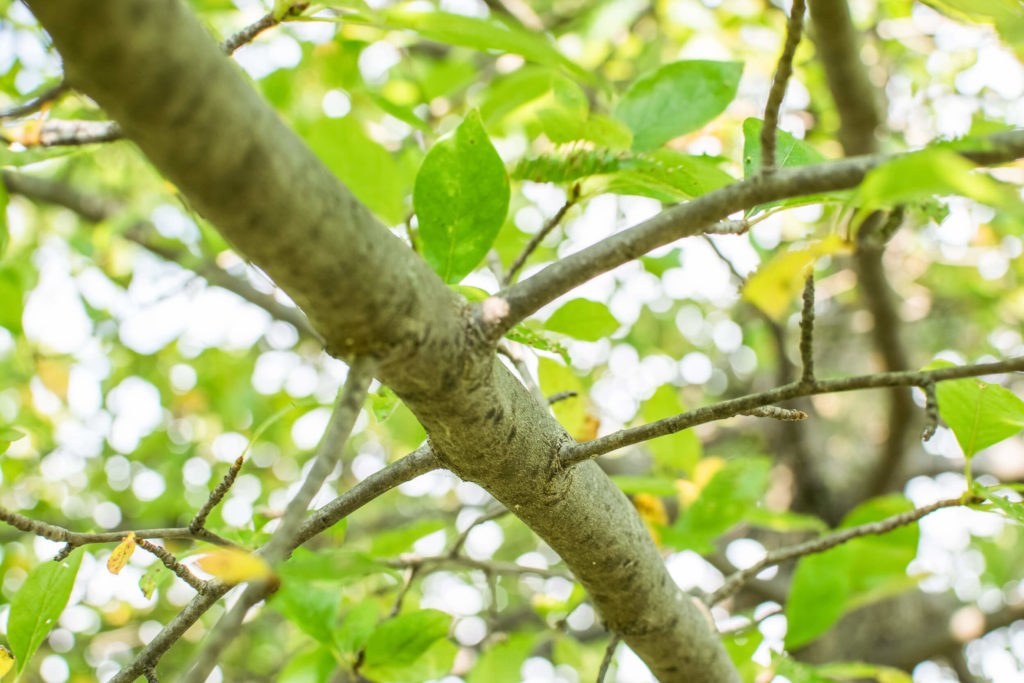
To further understand the characteristics and quality of tupelo wood, you must first consider the qualities of the tupelo tree.
The tupelo tree is grown as an ornamental species for decorating parks, gardens, and neighborhoods because of its lovely foliage. It provides shade to passersby significantly when it is growing in a sheltered manner. The tree will develop a pyramid shape when young and tends to grow taller and spread wider as it ages. The tupelo tree stems grow higher up to the top of the tree, while the branches grow at right angles from the trunk. These branches gently droop until the tree develops a cone top. Tupelo lumber is mainly harvested from the trunk, but the branches also provide good wood.
The tupelo tree leaves are small and petioled. It has many delicate sprays and is often referred to as the fieriest tree and one of the most brilliantly-colored trees. The leaf color is comparable to other lovely trees with colorful foliage like sweet gum, maple, dogwood, and much more.
What Are the Major Species of Tupelo?
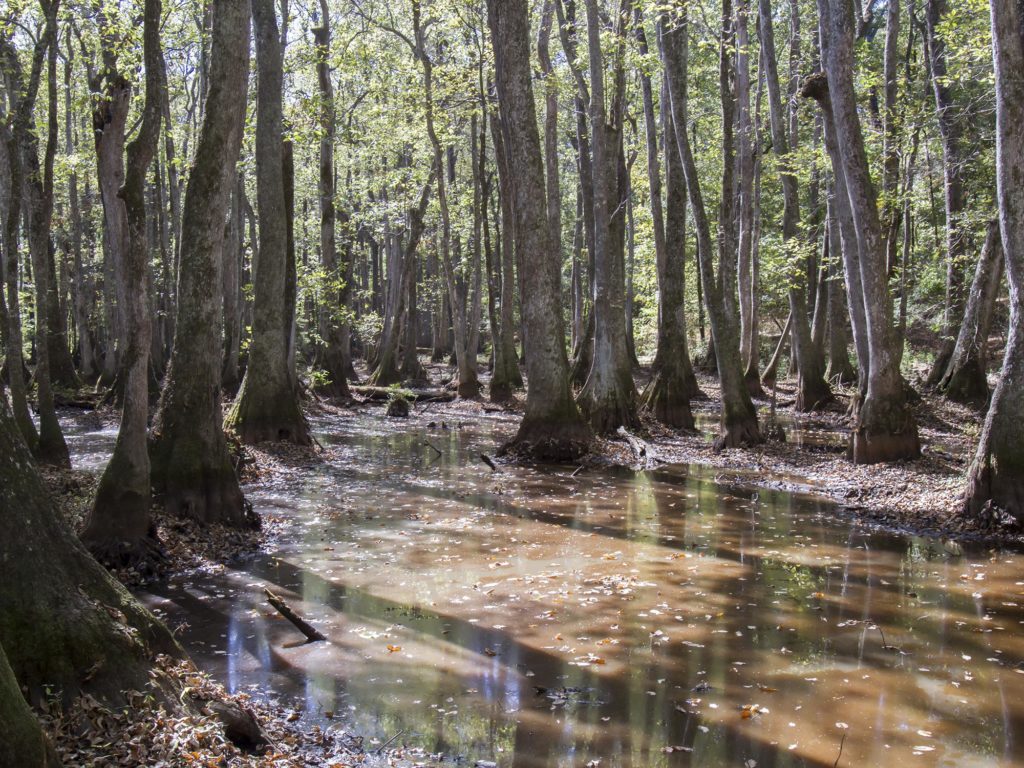
The black tupelo is the most widely distributed species of the tupelo tree. This is found in many parts of North America and goes by the name of sour gum, black gum, or Pepperidge. The black tupelo tree can grow as high as 60 feet or 18 meters, but with the best growing environment, it can grow up to 100 feet or 30 meters tall!
The black tupelo is also the most common species used as an ornamental tree. This is because of its lovely bright foliage during fall. The swamp black tupelo is the least popular species found chiefly in swamps of the east coast and through the Deep South areas.
Another species is the water tupelo or swamp gum and cotton gum. These species grow in the moist and swampy areas of southeastern North America, the Mississippi River valley, the Gulf of Mexico, and southern Illinois. This species can grow as high as 80 to 100 feet or 24 to 30 meters. You’ll easily spot water tupelo because their trunks are more prominent from the base.
Finally, the rare North American tupelo or Ogeechee lime is a tupelo tree that grows edible fruits. It is also a source of excellent wild honey. Because of this, black tupelo tree trunks were converted into bee gums to produce the best honey.
What are Tupelo Wood Characteristics?
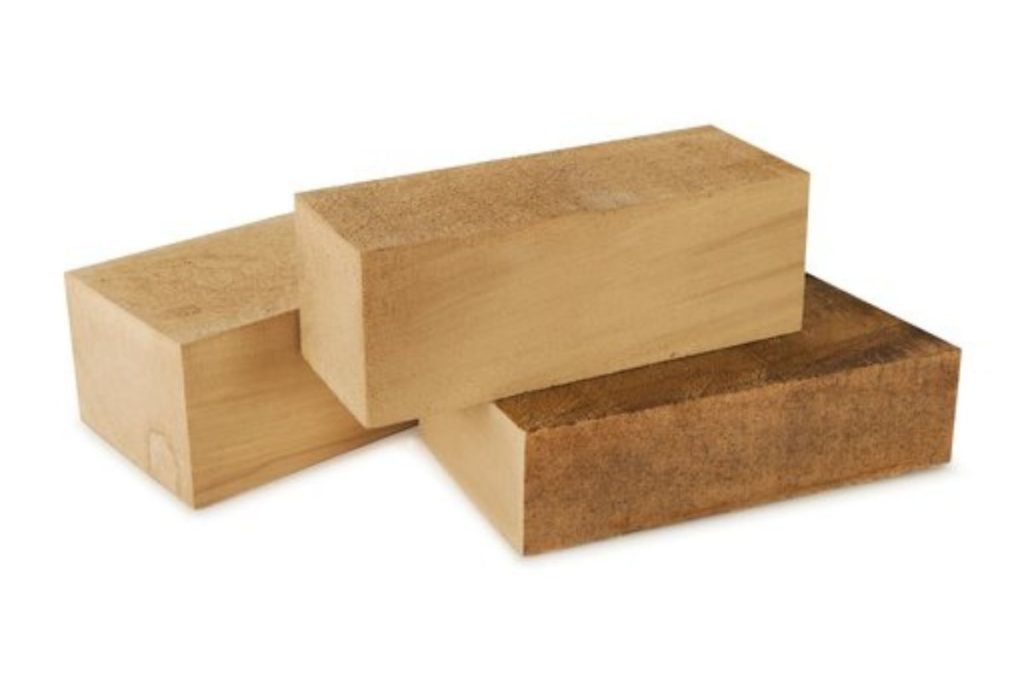
The tupelo tree lumber is very heavy and very hard. It has cross grains, and thus, it can be a challenge to split when dry. Because of these qualities, tupelo wood is often used to construct pulleys, mauls, wheel hubs, paving blocks, bowls, rollers, and other agricultural tools.
Tupelo wood is also useful for making floors, pallets, firewood, and pulpwood. The wood is tough, will resist wear and tear, and resists the application of creosote-based wood preservatives.
Important Tupelo Characteristics
- Tree size: 65 to 100 feet tall, 2 to 3 feet trunk diameter
- Average Dried Weight: 34 pounds per cubic feet
- Specific Gravity: .46, .55
- Hardness: Janka hardness 800 pounds-feet or 3,570 Newtons
- Modulus of Rupture: 9,500 pounds-feet per square inch
- Elastic Modulus: 1,188,000 pounds-feet per square inch
- Crushing Strength: 5,470 pounds-feet per square inch
- Shrinkage: 5.1% radial, 8.7% tangential, 14.4% volumetric, and 1.7 T/R ratio
Appearance
Tupelo wood has very wide sapwood with a pale yellow color with some gray streaks. It has a little heartwood that’s medium brown to varying shades of gray. When quartersawn, you’ll find lovely ribbon-stripe patterns because of its interlocking grains.
The grain is interlocked with a very smooth texture. The end grain is diffused-porous, while the radial has two or more pores. The smaller pores have a radial pattern. These impressive characteristics make tupelo wood an attractive building material for decorative purposes.
Rot Resistance
The main concern in using tupelo wood as a building material is that it is prone to rotting and insect attacks. The black gum species can develop fungus canker, especially when left in moist and wet areas. When this happens, the wood is no longer suitable for building, projects, and flooring.
Workability
The tupelo wood is easily worked using power tools and hand tools. When dried, tupelo wood can easily warp. This wood tends to move a lot when cut, so it’s best to clamp it to avoid movement and problems with cutting. Tupelo is clear white. This wood accepts finishes and paints without needing to apply filler as pre-treatment.
Natural Odor
Tupelo wood does not emit any odor. You can use this wood to make furniture, small projects, and home construction, and it will not smell at all.
Lumber Characteristics
Tupelo lumber is often cut “below the water line.” Only an experienced logger will cut tupelo this way to achieve the best results when it comes to appearance, strength, and other impressive characteristics.
When you find tupelo lumber in the shop, it has a cream to tan color, which makes this wood perfect for projects that show the wood’s natural texture and details. You can use power carving tools, and you’ll see that it will only fuzz up a little even in all directions. In fact, this wood is preferred more than other varieties when it comes to carving birds and other wildfowl.
How Can You Use Tupelo Wood?
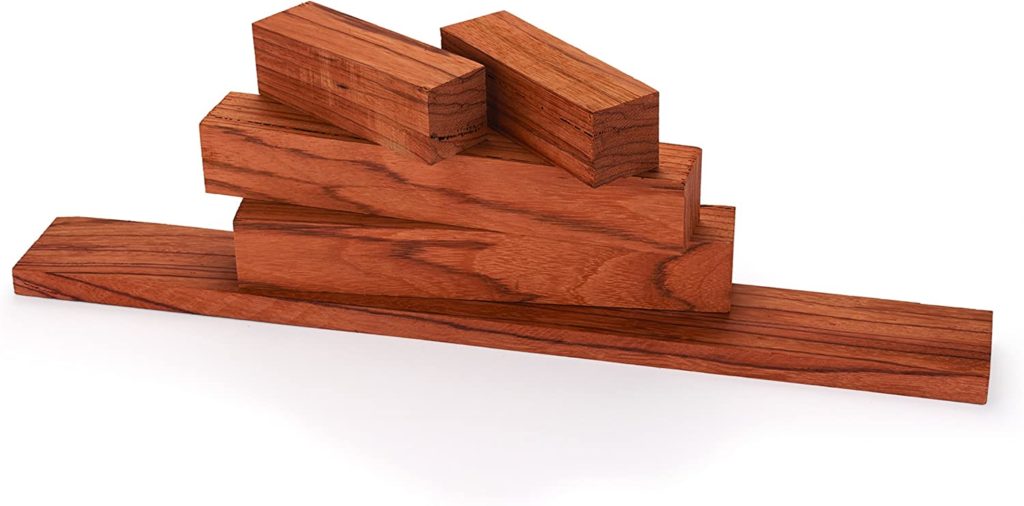
Tupelo wood has a wide variety of uses. Although there are some disadvantages to its use, such as its poor resistance to decay, it is preferred by many woodworkers, builders, carpenters, and hobbyists because it is widely available. You can buy tupelo wood varieties in most hardware stores, lumberyards, and online distributors.
Let’s discuss tupelo’s many uses, highlighting its excellent properties. This wood has average strength with an intermediate weight-bearing capacity making it suitable for light furniture, decorative items, musical instruments, and wooden tools. It has poor bending capabilities, and thus, you can’t modify its shape and structure through steam bending.
Another essential property of the tupelo that affects its usage is its high shrinkage property. The shrinkage of tupelo is comparable with the red oak, so you must stack these flat during drying to prevent severe shrinkage. Also, it offers very little resistance to decay. This means you cannot use this wood to build outdoor housing fixtures (roof shingles, exterior walls, fences, and window sidings) or make outdoor furniture and structures.
The following are common questions about tupelo wood usage.
Is Tupelo Wood Good for Furniture?
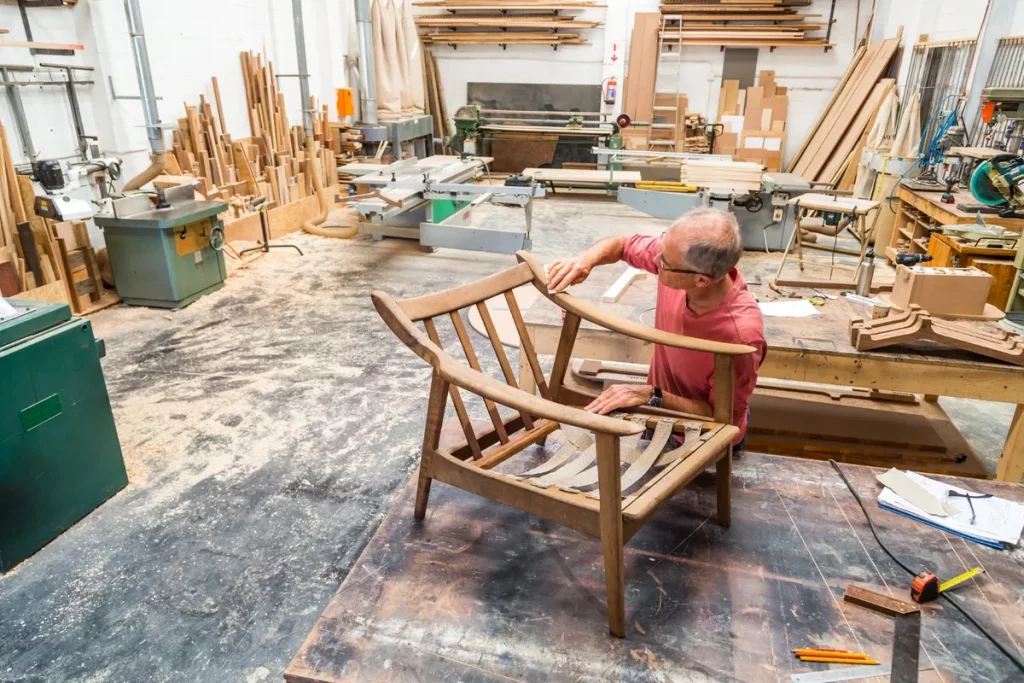
There are many reasons why tupelo is one of the best woods for furniture building. But take note that this wood is only for building indoor furniture and not for outdoor furniture pieces.
Tupelo has a beautiful grain, smooth, precise, and delicate. This quality makes it perfect for making low-weight-bearing tables, shelves, and cabinets. This wood accepts stains well, so apply stain or varnish on your finished piece before use. Staining and finishing tupelo wood will preserve the lovely grains and will also keep it from decaying and prevent insect attacks and burrowing.
Keep in mind that tupelo is not as strong as other hardwoods, so you must never use it in building high load-bearing furniture such as bed frames, cabinets, seats, dinner tables, and desks. You can paint over tupelo wood and use almost any color, but most woodworkers prefer to apply varnish or finish to keep the wood’s natural grain and texture.
The natural ability of tupelo wood to shrink after being exposed to extreme heat is not suitable for furniture making. Outdoors, exposure to the sun can lead to the shrinking of tupelo furniture panels. Indoors, exposure to HVAC units and hot kitchens can also lead to shrinkage. Therefore, it’s a must to keep tupelo wood furniture in cooler rooms or environments.
Can You Use Tupelo Wood to Build Decks?
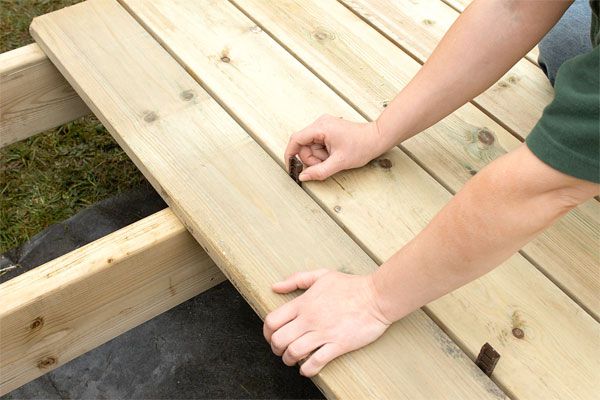
You can’t use tupelo wood to construct decks and other outdoor structures because it is not very strong and stiff. Also, tupelo wood is prone to rotting due to moisture and other environmental factors. Since decks are constructed outdoors, it is often wet because of rain, snow, and humidity, and thus you could end up with rotting decks in no time.
Also, decks are high-traffic areas. A deck constructed at the front of the house will be used more frequently and thus needs a strong type of wood to keep its shape and strength. Tupelo will only fold after being regularly stepped on. Also, sunlight can lead to drying of the wood and shrinkage. These properties are not suitable for building decks and other outdoor structures.
Is Tupelo Wood Good for Flooring?
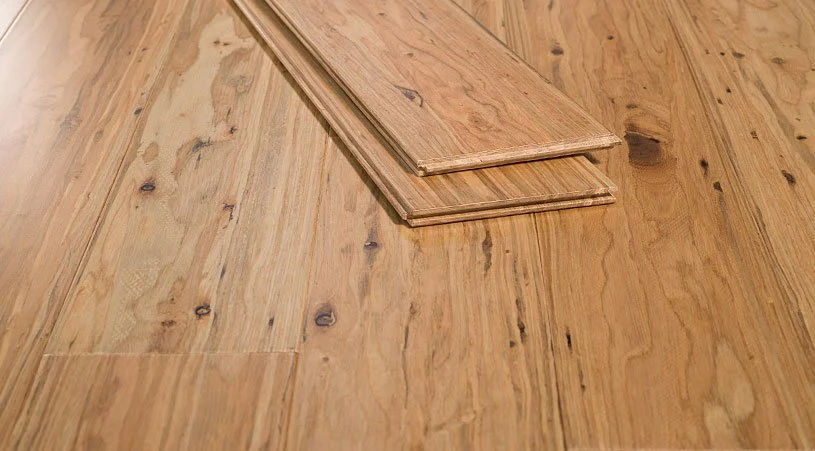
Tupelo wood’s unique looks make it an excellent lumber for flooring. The lovely natural grains are so interlocked that there are no two planks that look alike. You can cut tupelo wood into planks or in flat veneers for flooring.
It’s important to note the properties of tupelo wood when making flooring. This hardwood is not as strong, so it would be best to use it as flooring in low-traffic areas. Also, tupelo shrinks, so it would be great to avoid places where there is direct exposure to direct sunlight and heat. Finally, consider that tupelo will always be susceptible to moisture and rotting.
You must prepare tupelo flooring well to avoid these issues. Cutting the tupelo wood at the right angle and size will help prevent speedy shrinkage. Applying products that help control moisture attacks and burrowing insects can also help. Follow the instructions carefully to seal tupelo wood fully.
Meanwhile, adding varnish and finish to the surface of tupelo wood can help it handle frequent wear and tear. But despite this, we still recommend building flooring using more robust and more efficient wood materials or using tupelo in low-traffic areas.
Do Hobbyists Use Tupelo Wood for Projects?
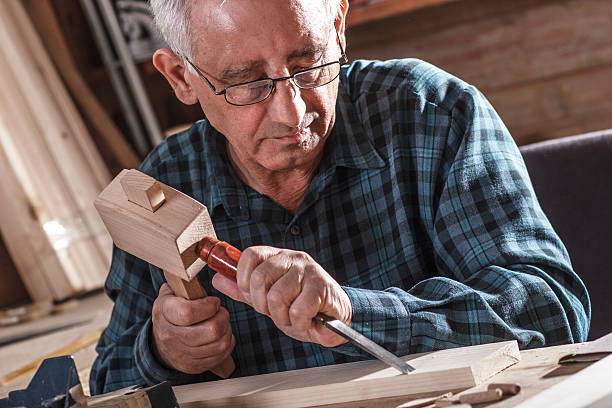
Hobbyists can use tupelo wood for woodworking projects. In fact, this wood is the choice among woodcarvers and those who work DIY.
Wildfowl carving is creating life-like carvings of wild birds. These carvings are so beautiful that they are precious and collected by many. Also, decoy wildfowl are carved out of tupelo wood. Tupelo wood is the best choice among wildfowl carvers, and they have a system for selecting this type of wood.
To choose tupelo, they start by having a clear idea of what they want to carve and the pose of the bird or fowl. The most common are birds facing their “show side,” as the tupelo wood textures will be easy to work with. Carvers start with pre-cut blocks of tupelo wood with the grain slanted as it’s easier to use as the tree has a round shape.
Carvers prefer outer sapwood, a tupelo tree with the bark still intact. Wood from the tree’s bell is the best carving material, and this is called the “swamp bottom line.” They also prefer lightweight tupelo but with a denser grain and clear color.
Some carvers use a tupelo knife, a tool that’s mainly used to carve tupelo wood. They shave the wood across the grain to see if it can leave a smooth carved surface. If they find checks, wormholes, insect burrows, and knots, this piece of wood will be rejected.
If you want to use tupelo wood for carving, it would be best to buy only from a reputable harvester or dealer. You must also be able to check the quality of wood before buying it.
Tupelo wood is best for carving objects and decorative items because it seals well and accepts oils and paints very well. Also, tupelo wood will not split well, unlike other carving wood like basswood. Thus, you can create anatomical features that are thinner and finer. You can cut great details without worrying that the wood will break soon.
Working with tupelo wood for carving has a few considerations. First, you must take note of the grain. Consider the tools you’re using. Most carvers prefer to work with a tupelo knife as this can shave the wood easily without digging or splitting. Fuzzing during sanding and power carving is not a problem with tupelo wood.
What Are the Disadvantages of Using Tupelo Wood?
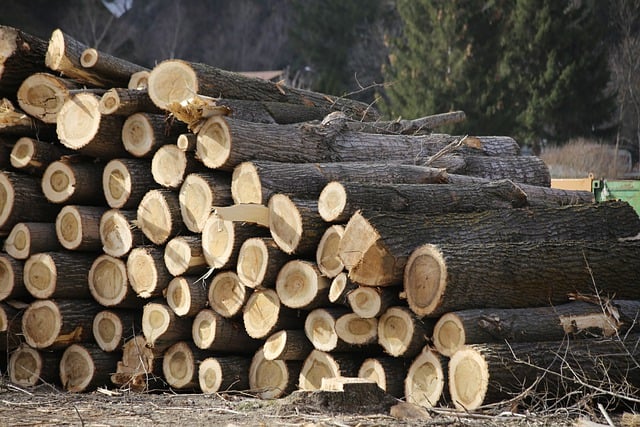
All hardwood species have pros and cons, and tupelo wood is one of them. Learning the different disadvantages of tupelo wood will help you decide if this is a good wood material to use for your projects.
Shrinkage
Tupelo wood is very prone to shrinkage. Shrinking and swelling are natural properties of wood. These happen because the moisture content in wood changes as the season changes relative humidity. If the air is humid, wood can absorb more moisture, and this causes swelling. When air is dry or the temperature is too high, moisture is removed from the wood, and this causes shrinking.
Tupelo behaves this way but more dramatically. This hardwood shrinks faster than other types of wood. This could happen when you use tupelo to build outdoor furniture, as decking material, or as siding. A fence made from tupelo also suffers the same fate.
But shrinking is also evident in tupelo wood when it is indoors. If the material is kept in a room with direct heat like a fireplace or a heater, it can shrink sooner than other types of wood. With these in mind, you should consider the shrinkage of tupelo wood furniture and other projects.
Prone to Moisture Attacks
Tupelo is very prone to moisture damage. Because this wood thrives in moisture-laden and swampy areas, it is prone to water damage and rot. This is why it’s not advisable to use tupelo for outdoor building. Even if you seal tupelo wood, moisture can still penetrate the grain, and this can lead to damage and rotting.
Prone to Pest Attacks
Aside from being prone to moisture damage, this type of wood is also susceptible to insect and pest attacks. Pests like burrowing insects, bugs, and beetles love the wood grain. And because of the persistence of bugs and pests, you must look at your block of tupelo wood closely to check for boring insects and bugs.
You can also tell that a tupelo tree is infested with insects when it is shedding its leaves. Sudden leaf changes and noticeable rotting of the trunk and branches could also mean that insects and bugs are burrowing in its trunk.
Not Strong Enough
Tupelo wood is not as strong as other building materials. The wood from black tupelo is rigid and heavy; however, it is weak when used as posts and beams. Therefore, it would be best to use other types of hardwood instead.
Water tupelo is the weakest of all tupelo species. This is soft, light, and not suitable for many kinds of heavy projects and structures. Tupelo’s qualities are recognized by many, which is why it’s used to make basket veneers, crates, box shooks, mallets, rollers, rough flooring, mine timbers, and also for fuel.
Where to Buy Tupelo Wood?
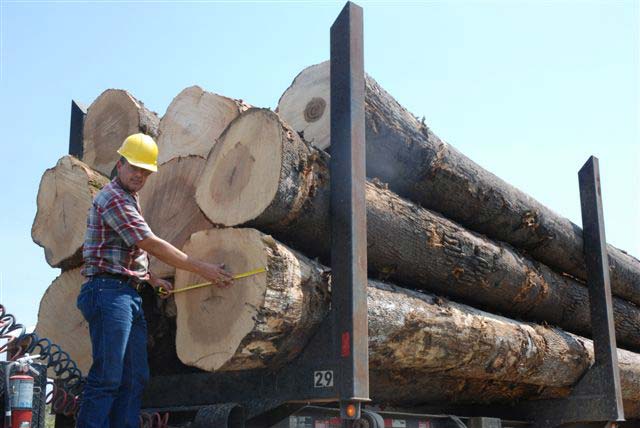
Tupelo wood is readily available in almost all lumberyards and hardware. It is available as lumber, veneers, book and magazine papers, plywood cores, and much more.
When it comes to tupelo furniture, you may find these from furniture makers online. You may also have a furniture maker build one for you. Just specify that you want to use tupelo wood for your furniture.
Final Words
Tupelo is a beautiful wood with unique characteristics. It has a lovely grain with amazing light colors. It is strong but not as strong and durable as other hardwoods. Tupelo is easy to work with and accepts finishes, varnish, and paint. You can use hand and power tools on tupelo wood which is another plus.
Tupelo has some disadvantages which should not be overlooked. Understanding these qualities can help you decide if this hardwood is the best building material for your projects.
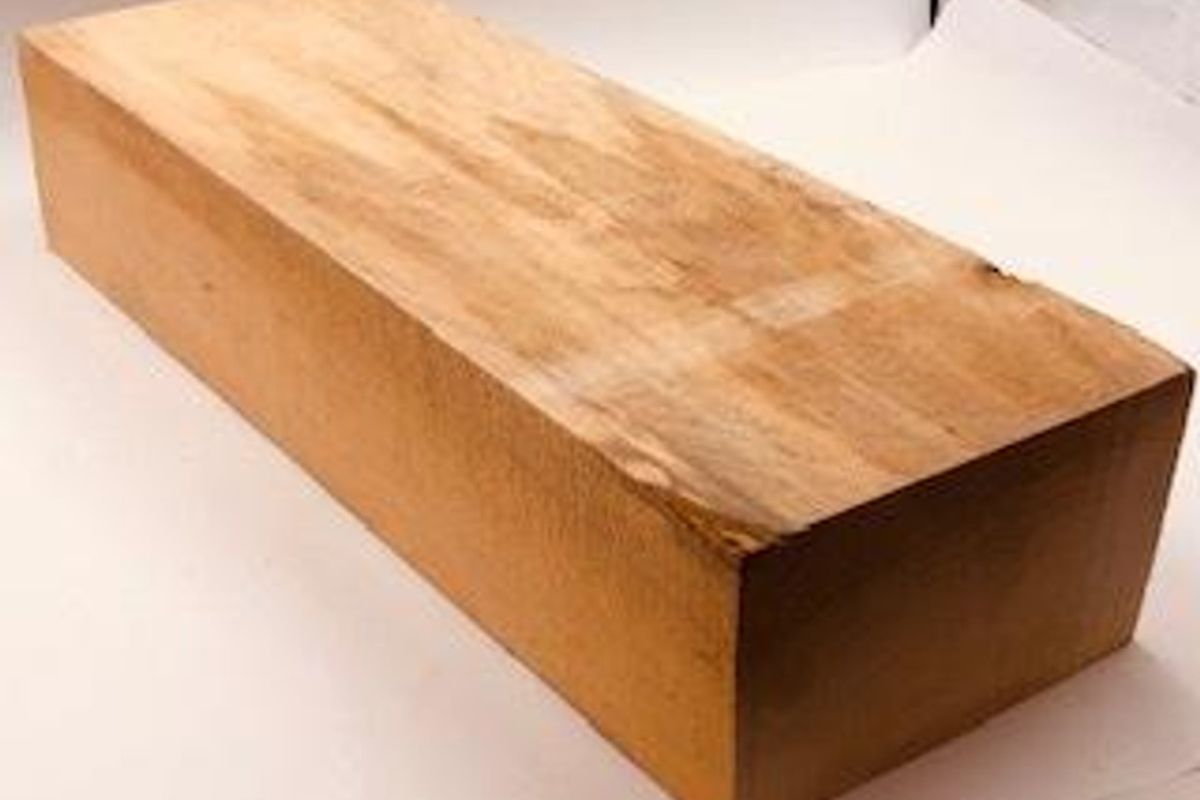
Leave a Reply